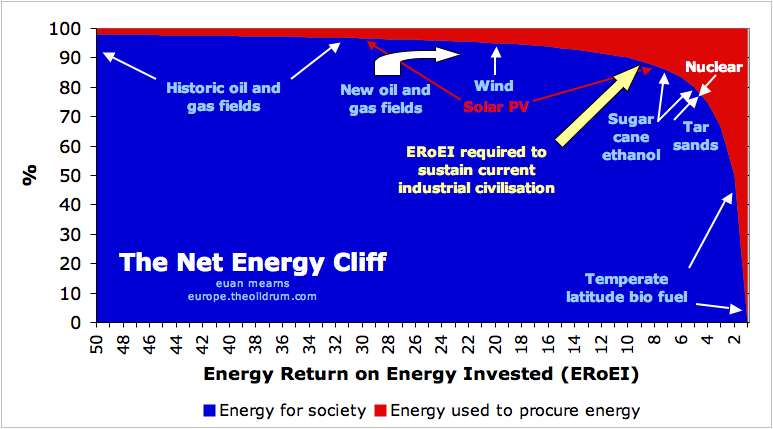Good lord, Skull. Whatever graft there was building the Interstate System pales beside that when we threw the railroads across the continent. But, in spite of the graft and corruption, the nation benefited greatly from that project.
The waste and corruption is justified then?
Tell me that when the only way to make wind work is ever increasing tax subsidies to the one or two companies that happened to have a fucking politician in their pocket when the law was signed. If you want reliable, cost efficient alternative energy, then get the fucking government out of it.
No, the waste and corruption was not justified. But, whenever a paradigm change is occuring, you are still dealing with people. Insisting that a project be completely free of corruption or waste is impossible as we are dealling with humans, not paragons of virtue.
As far as the wind working, it already is.
EIA - Electricity Data, Analysis, Surveys
Net generation from renewable energy sources, excluding conventional hydroelectric generation, increased 19.9 percent in 2008, following an increase of 9.0 percent in 2007 (Table 2.1a). A large part of this growth was due to increased wind generation, which totaled 55.4 million MWh, or 1.3 percent of total net generation. For the first time, wind generation constituted a larger share than biomass, and also a larger share than petroleum.
The top 5 wind-generating States were Texas, California, Minnesota, Iowa, and Washington. Texas, where wind generation was up 80.2 percent in 2008, was by far the largest source of wind generation with more than three times that of California, the Nations second-largest provider. Nationally, wind generation increased
60.7 percent from its 2007 level. 72.6 percent of the national increase was accounted for by increases in Texas, Colorado, Minnesota, Illinois, Oregon, and Iowa. Wood and wood-derived fuels, representing 0.9 percent of total net generation, accounted for 37 million MWh, down 4.4 percent from 2007. Geothermal power plants supplied 15 million MWh of net generation and other biomass plants generated 18 million MWh; each of these renewable sources accounted for approximately 0.4 percent of total net generation in 2008.
Generation from solar thermal and photovoltaic sources was up 41.2 percent from 2007, at 864 thousand MWh. Wood and wood derived fuels and geothermal have maintained fairly stable output levels since 1997, averaging 38 million MWh and 15 million MWh per year, respectively. Other biomass generation has declined from a 23 million MWh peak in 2000 to 18 million MWh in 2008.
When you are having increases of 40% to 60% capacity in the major alternative energy methods, it is really hard to state that they are not successful.


